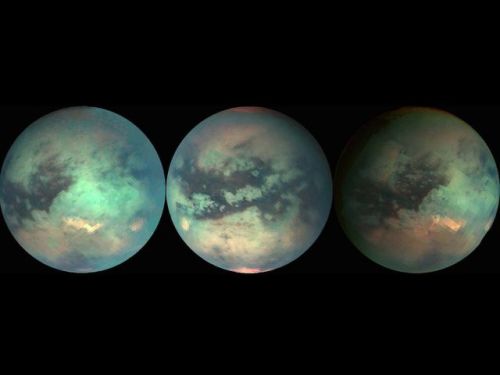Space Is So Creepy And Wonderful. Who The Hell Needs Hell When There’s Space.
Space is so creepy and wonderful. Who the hell needs hell when there’s space.
Like there’s an old constellation called Eridanus that you can see in the southern sky, and its not a very interesting constellation. It’s a river. It’s actually the water that’s pouring out of Aquarius, so in the sky it’s kind of boring. It’s a path of stars.
But within Eridanus, in between the stars, there’s a place where the background radiation is unexplainably cold. Because after the Big Bang, there was all this light that scattered everywhere, and it’s the oldest light in the universe, but we can’t see it. It’s so dim that it only shows up as a glow of microwaves, so to us, it just looks like the blackness of the night.
But there’s this spot in Eridanus where that little glow of ancient microwaves isn’t what it should be. It’s cold and dark.
And it’s enormous. Like a billion light year across. Of mostly just emptiness. And we don’t know why. One theory is that it’s simply a huge void, like a place where there are no galaxies. Voids like that do exist. Most of them are smaller, but they’re a sort of predictable part of the structure of the universe. The cold spot in Eridanus, if it were a void, would be so enormous that it would change how we understand the universe.
But another theory is that this cold spot is actually the place where a parallel universe is tangled with our own.
More Posts from Outofambit and Others



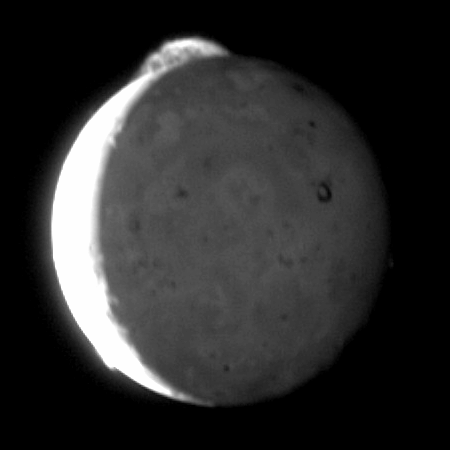


Io is the first Galilean moon of Jupiter, it is slightly larger than Earth’s moon. Io experiences intense tidal heating due to its elliptical orbit and orbital resonance with Europa and Ganymede. This makes Io the most geologically active moon in our solar system. Io’s interior is composed of molten iron sulphide, and the surface is a crust of sulfur and silicon. Io has more than 400 active volcanoes, which can eject lava plumes more than 500 kilometers above the surface. Some of the material from Io’s volcanic eruptions leaves the moon and orbits Jupiter, producing a plasma torus. Io also has lakes of lava called paterae, which can also create eruptions. The most dramatic paterae are Loki, Tvashtar, and Tupan. The constant volcanic activity creates a thin atmosphere of sulfur dioxide and sodium chloride. Io is an interesting model for exoplanets with intense geological activity, such as COROT-7b.







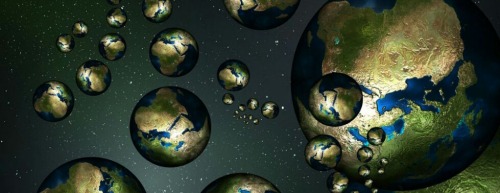

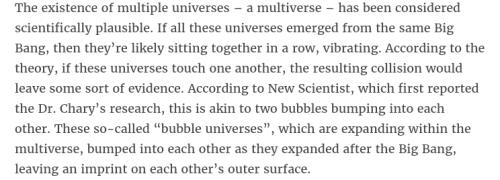
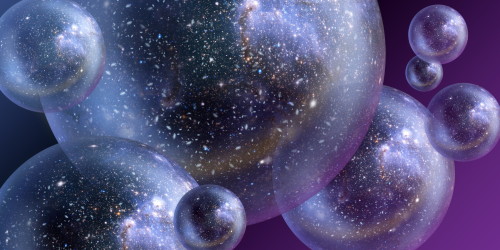
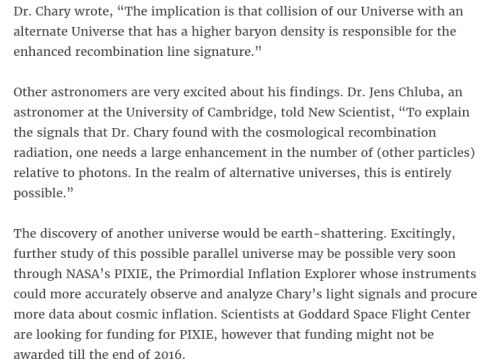

Parallel universe theory

Finally! A black hole that you can visit and survive!
Want a trip through a black hole without having to experience that pesky death? You’re in luck. There’s a special kind of black hole that’s not just survivable, but might get you to another time, or another universe.
Black holes are, traditionally, the scariest things in the universe. Huge, mysterious, inescapable, they wander through the universe and eat everything that gets too close. “Too close” is defined by their event horizon. This is the point at which they go dark, because it requires so much energy to escape them that not even light can get away. Since not even a photon can cross the barrier, no event that happens inside the horizon can ever have an effect on people outside.
Unless, something very odd was going on in the center of the black hole. Most black holes spin - this is something that was discovered way back in the 1960s by physicist Roy Kerr. It wasn’t exactly a shock, because most of the material that collapses into a black hole was already spinning. Sometimes, however, the spin on Kerr black holes goes a little above and beyond. Ever spun a glass of water, or soda bottle, so that the liquid inside swirls? Sometimes, if you spin it enough, the liquid actually parts, leaving a clear center and a spinning ring of water around it. The same kind of thing can happen in Kerr black holes. Instead of a singularity at the center, there’s a ring. And you can go through the open portion of that ring without touching the gravitational crush.
What’s on the other side? A lot of people have wondered. Some people think that these kind of black holes might be our key to time travel. They might be wormholes that let us hop between different points of the universe. Or they might be portals to different universes entirely. First we’ll have to find a few, and then we’ll need a few volunteers to go through. Preferably ones that haven’t seen Event Horizon.
Top Image: NASA/JPL-Caltech
Second Image: Dana Berry/NASA
Via NASA, Astrophysics Spectator, Discovery.
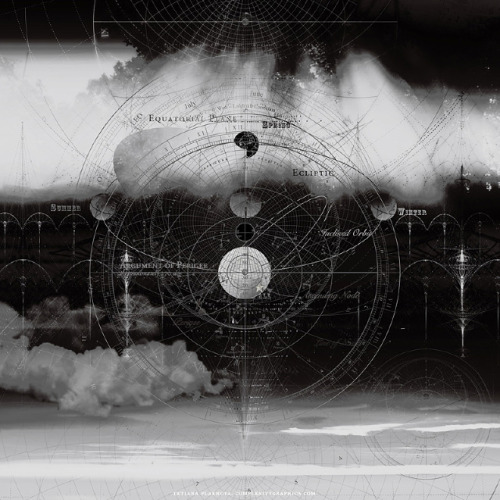
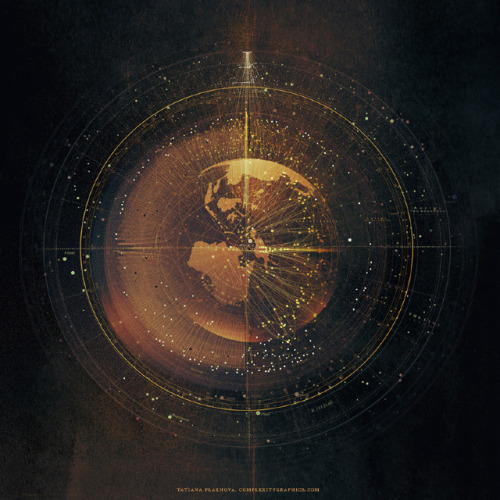




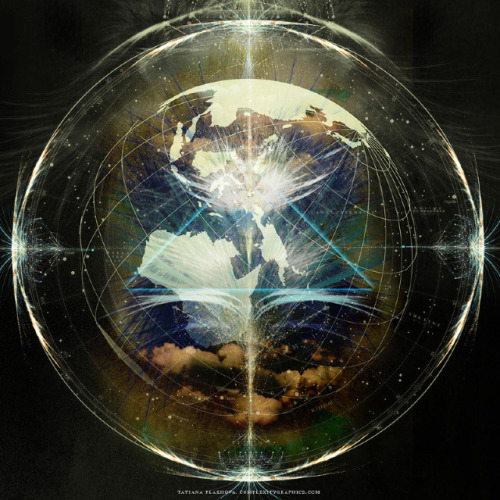



Orbital Mechanics by Tatiana Plakhova

NGC 2403 in Camelopardalis
you’ve done the fandom a vital service with this pun

why did I do this
-
 nvmndmx liked this · 2 months ago
nvmndmx liked this · 2 months ago -
 darthlenaplant liked this · 4 months ago
darthlenaplant liked this · 4 months ago -
 fifty2pickup reblogged this · 1 year ago
fifty2pickup reblogged this · 1 year ago -
 thisisgettingdifficult reblogged this · 1 year ago
thisisgettingdifficult reblogged this · 1 year ago -
 glitterdreamcatchers reblogged this · 1 year ago
glitterdreamcatchers reblogged this · 1 year ago -
 glitterdreamcatchers liked this · 1 year ago
glitterdreamcatchers liked this · 1 year ago -
 dream-in-a-jar liked this · 1 year ago
dream-in-a-jar liked this · 1 year ago -
 saphicspacesociety19 reblogged this · 1 year ago
saphicspacesociety19 reblogged this · 1 year ago -
 kathstudyinspo liked this · 1 year ago
kathstudyinspo liked this · 1 year ago -
 saphmiu liked this · 1 year ago
saphmiu liked this · 1 year ago -
 arthina reblogged this · 1 year ago
arthina reblogged this · 1 year ago -
 spyglassrealms liked this · 1 year ago
spyglassrealms liked this · 1 year ago -
 netreysterodiz liked this · 1 year ago
netreysterodiz liked this · 1 year ago -
 siriuslypoppunk reblogged this · 1 year ago
siriuslypoppunk reblogged this · 1 year ago -
 fysanayairani liked this · 1 year ago
fysanayairani liked this · 1 year ago -
 bluestice liked this · 1 year ago
bluestice liked this · 1 year ago -
 exapno liked this · 2 years ago
exapno liked this · 2 years ago -
 dragonwolf3416 reblogged this · 2 years ago
dragonwolf3416 reblogged this · 2 years ago -
 dragonwolf3416 liked this · 2 years ago
dragonwolf3416 liked this · 2 years ago -
 quadriviummuse reblogged this · 2 years ago
quadriviummuse reblogged this · 2 years ago -
 quadriviummuse liked this · 2 years ago
quadriviummuse liked this · 2 years ago -
 ridazzle reblogged this · 2 years ago
ridazzle reblogged this · 2 years ago -
 ridazzle liked this · 2 years ago
ridazzle liked this · 2 years ago -
 venus-light liked this · 2 years ago
venus-light liked this · 2 years ago -
 birdsbonecabin liked this · 2 years ago
birdsbonecabin liked this · 2 years ago -
 cenli liked this · 2 years ago
cenli liked this · 2 years ago -
 did-u-know-collection reblogged this · 2 years ago
did-u-know-collection reblogged this · 2 years ago -
 browniepokemon-reblogs reblogged this · 2 years ago
browniepokemon-reblogs reblogged this · 2 years ago -
 narfingpotato reblogged this · 2 years ago
narfingpotato reblogged this · 2 years ago -
 browniepokemon liked this · 2 years ago
browniepokemon liked this · 2 years ago -
 flowermancy reblogged this · 2 years ago
flowermancy reblogged this · 2 years ago -
 lu-cid-sky liked this · 2 years ago
lu-cid-sky liked this · 2 years ago -
 fanfictionbard reblogged this · 2 years ago
fanfictionbard reblogged this · 2 years ago -
 fanfictionbard liked this · 2 years ago
fanfictionbard liked this · 2 years ago
A personal temporospatial claudication for Young Wizards fandom-related posts and general space nonsense.
288 posts













